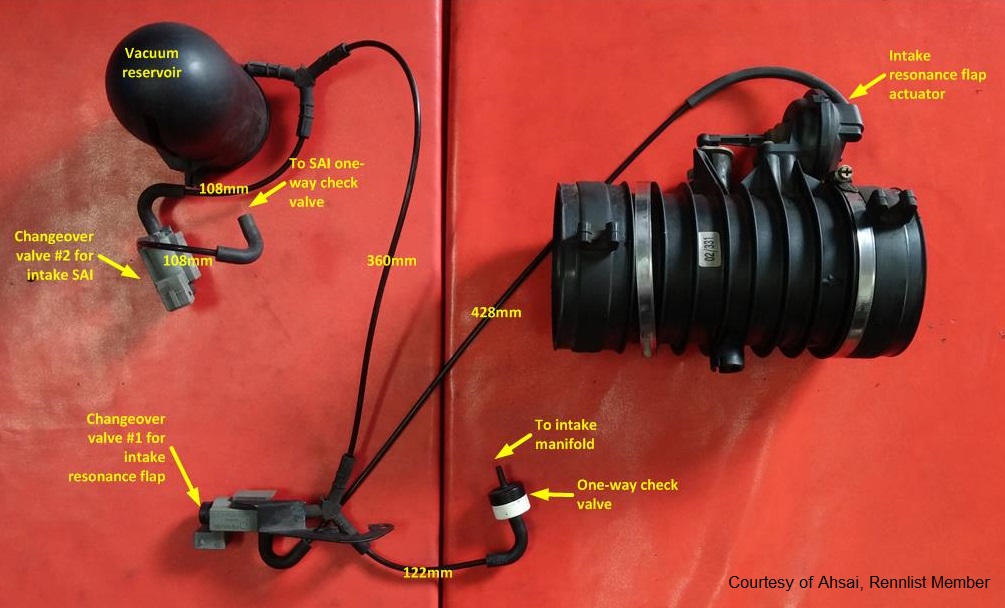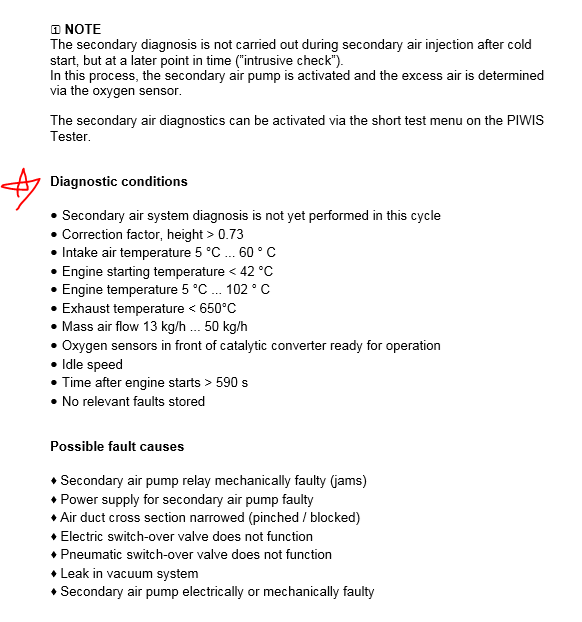To get your secondary air monitor ready, ensure that your check engine light is not illuminated, clear any faults using an OBD scanner, and complete a drive cycle with sufficient fuel in your car. This will allow the PCM to ensure that extra air is being delivered to the exhaust system during cold engine operating conditions, helping heat the catalytic converter quickly when the engine is first started.
By following these steps, you can ensure that your secondary air monitor is ready for optimal performance.
Understanding Secondary Air Monitor
Understanding Secondary Air Monitor:
What is a secondary air system monitor?
A secondary air system monitor is a component of a vehicle’s onboard diagnostics system that ensures additional air is delivered to the exhaust system during cold engine operating conditions. This extra air helps heat the catalytic converter quickly when the engine is first started.
Importance of secondary air system monitor:
The secondary air system monitor plays a crucial role in reducing emissions and maintaining the overall performance of the vehicle. It ensures that the catalytic converter reaches its optimal temperature quickly, allowing it to efficiently convert harmful pollutants into less harmful substances. Without a properly functioning secondary air system monitor, the vehicle may fail emission tests and experience decreased fuel efficiency.
In order to get the secondary air monitor ready, it is important to ensure that the vehicle’s malfunction indicator light is not illuminated, there is enough fuel in the car, and the required drive cycle is completed.
Sources:
- Secondary AIR System Monitor – OBDII
- How to Get the Monitors Complete or “Ready”?
- Secondary Air System Monitor Not Ready

Credit: www.youtube.com
Preparing Secondary Air Monitor
When getting your secondary air monitor ready, there are a few important steps to follow.
Checking For Fault Codes
First, it’s essential to check for any fault codes using an OBD scanner. This will help identify any issues that need to be addressed before proceeding.
Clearing Fault Codes
If any fault codes are found, they should be cleared using the OBD scanner. This will ensure that the secondary air monitor can be properly reset.
Ensuring The Check Engine Light Is Not Illuminated
Before attempting to get the secondary air monitor ready, it’s crucial to ensure that the check engine light is not illuminated. If it is, further diagnostics may be necessary.
Completing The Drive Cycle
Finally, it is essential to complete the drive cycle. This involves driving the vehicle under specific conditions for a predetermined amount of time to allow the secondary air monitor to reset.
By following these steps, you can ensure that your secondary air monitor is prepared and ready for optimal performance.
Common Issues And Solutions
Common issues can arise with secondary air systems, causing concerns about monitor readiness. These issues may include faulty sensors, disconnected sensors, or slow oxygen sensor performance. Luckily, there are troubleshooting tips that can help resolve these problems and get the secondary air monitor ready.
First, ensure that all sensors are connected properly and functioning correctly. Check for any loose connections or signs of damage. If necessary, replace any faulty sensors with new ones. It may also be helpful to disconnect and reconnect the sensors to ensure a secure connection.
Additionally, check the performance of the oxygen sensors. If they are performing slowly or not functioning properly, this can prevent the secondary air monitor from resetting. Consider replacing any slow oxygen sensors to improve monitor readiness.
By addressing these common issues and implementing these troubleshooting tips, you can ensure that your secondary air monitor is ready for optimal performance.

Credit: rennlist.com

Credit: rennlist.com
Frequently Asked Questions For How To Get Secondary Air Monitor Ready
How Do You Force Readiness Monitors?
To force readiness monitors, follow these steps: 1. Ensure the check engine light is not on. 2. Make sure there is enough fuel in the vehicle. 3. Complete a drive cycle, which involves driving the vehicle under specific conditions. 4. Use an OBD scanner to check for any faults and monitor readiness status.
5. Clear any existing faults and recheck readiness status.
How Do I Get My Oxygen Monitor Ready?
To get your oxygen monitor ready, follow these steps:1. Check that the check engine light is not on. 2. Make sure you have enough fuel in your vehicle. 3. Complete a drive cycle to allow the monitor to reset. 4.
Use an OBD scanner to check for any faults and monitor readiness. By following these steps, you can ensure that your oxygen monitor is ready for use.
What Is Secondary Air System Monitor?
The secondary air system monitor ensures that extra air is delivered to the exhaust system during cold engine conditions. It helps heat the catalytic converter quickly when the engine is first started.
How Do I Get My Fuel System Monitor Ready?
To get your fuel system monitor ready, follow these steps: 1. Ensure your check engine light is not on. 2. Make sure you have enough fuel in your car. 3. Complete the drive cycle recommended for your vehicle. 4. Clear any faults using an OBD scanner.
5. Confirm that your drive cycle monitors are ready.
Conclusion
To ensure your secondary air monitor is ready for optimal performance, follow these simple steps. First, check for any faults with an OBD scanner and clear them if necessary. Next, make sure your check engine light is not illuminated. Finally, ensure that your drive cycle monitors are ready by completing the required drive cycle.
By following these guidelines, you can ensure that your secondary air monitor is ready for smog tests and emissions compliance.







